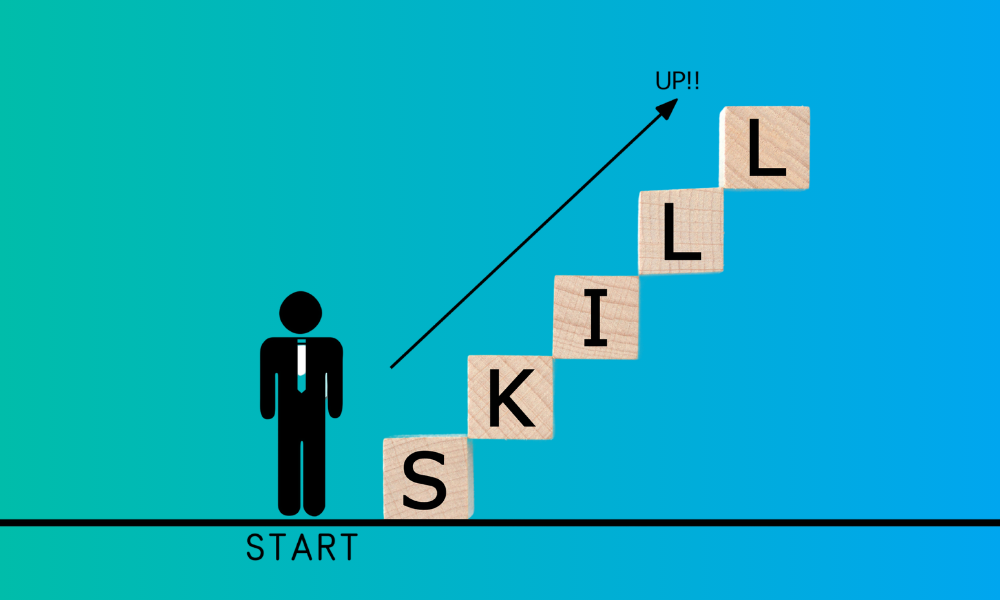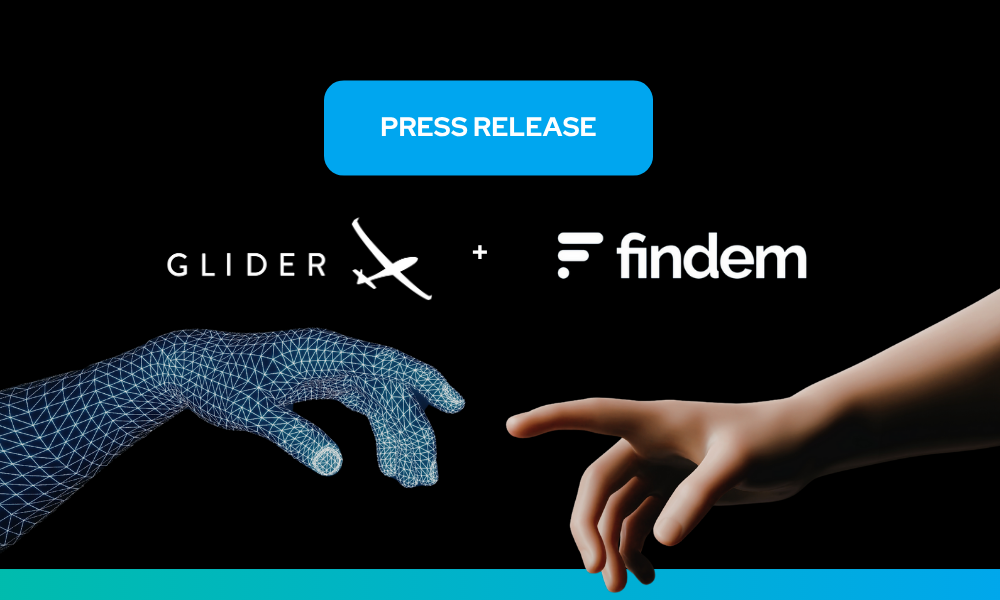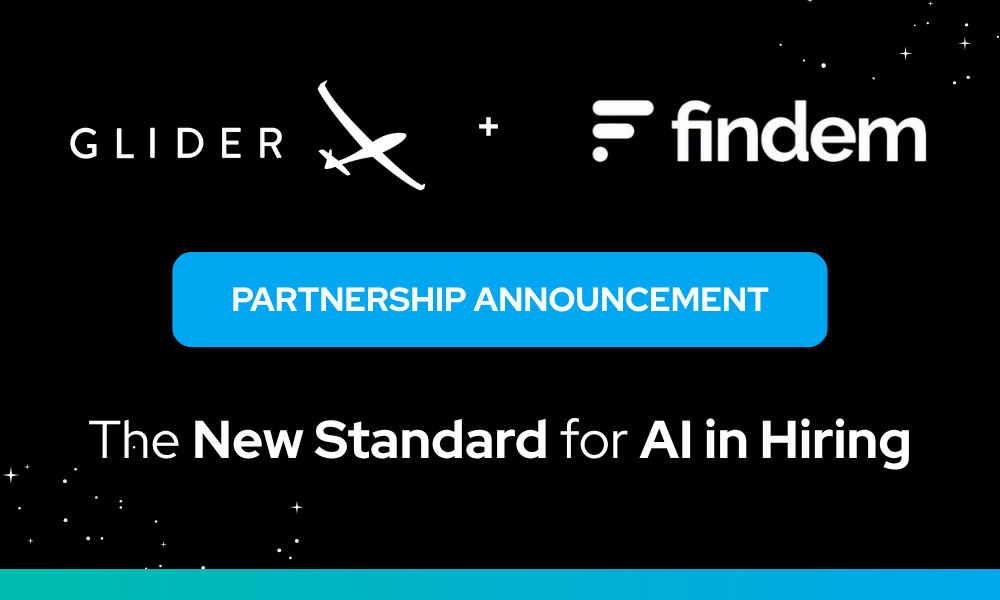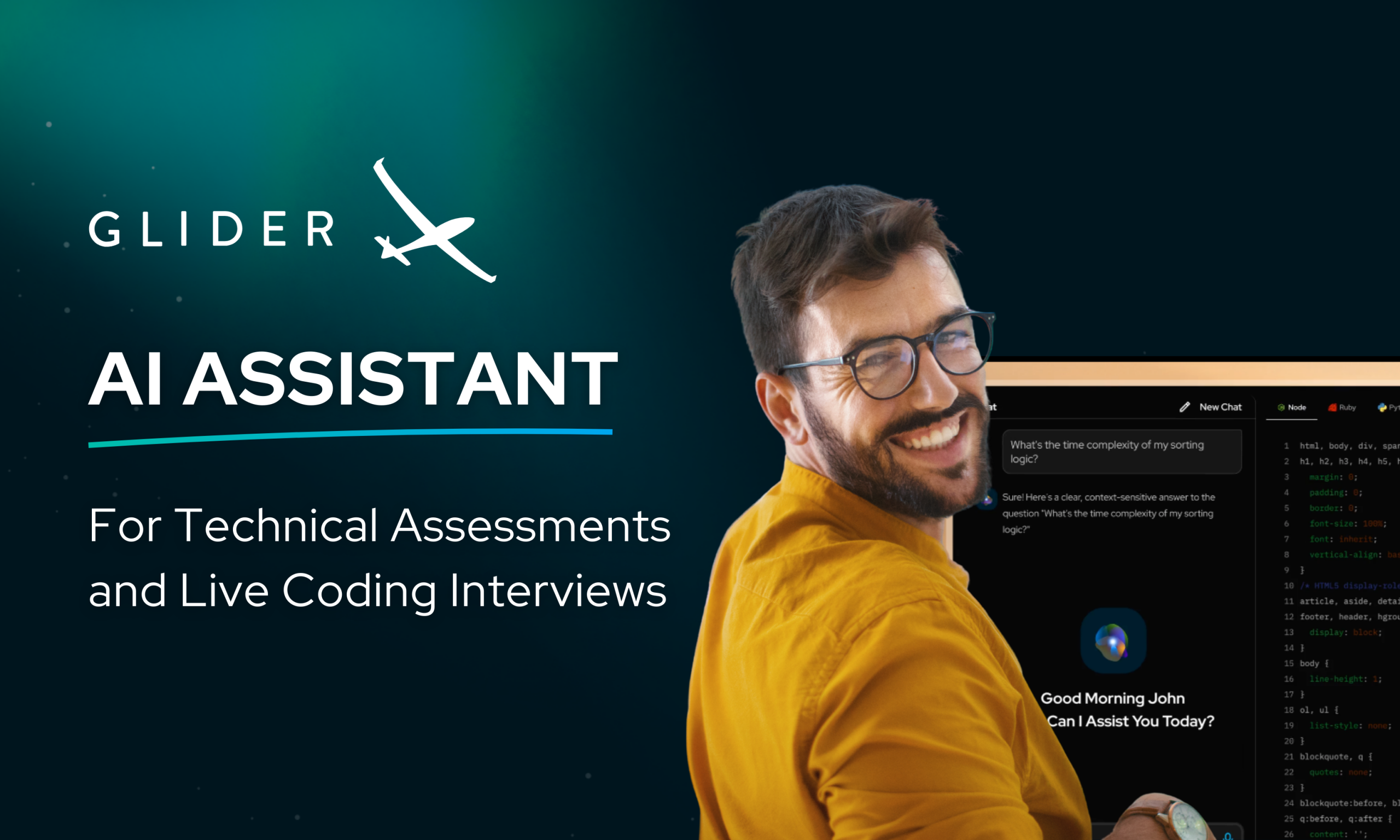
Make talent quality your leading analytic with skills-based hiring solution.

Organizations are grappling with numerous challenges related to hiring, workforce development, and employee retention, especially with the rapid advancement of Generative AI (Gen AI). According to the 2025 Glider AI and Lighthouse Research & Advisory 2025 Skills Report, nearly 60% of employers report that the skills required for roles within their organizations have changed significantly over the past two years, primarily driven by innovations like Gen AI.
Gen AI is pressing companies to adapt quickly, with HR, TA, and Talent Development teams struggling to keep pace with rapidly shifting skill needs at an unprecedented pace. Traditional hiring relies on static qualifications such as degrees or prior job titles, and that’s no longer sufficient. Instead, a skills-based approach is critical for ensuring organizations can effectively identify and cultivate the capabilities needed to thrive in a dynamic environment.
The Glider AI Lighthouse Research Report highlights the critical importance of skills-based hiring. It provides valuable insights into how companies can leverage this approach to drive better business outcomes.
According to the 2024 Lighthouse Research & Advisory Skills, Learning, and Talent Development Trends Study, more than 70% of employers believe that a lack of skills clarity creates a cost or burden on the organization. Traditional hiring methods, often based on resumes and interviews, fail to provide an accurate picture of a candidate’s true capabilities. Resumes are mere snapshots of past experiences, usually exaggerating skills without offering measurable proof of proficiency.
The report also highlights that while three in four employers attempt to measure and track workforce skills, the most common method remains manager observations, which can introduce significant bias. Neuroscience research indicates that nearly 200 different biases affect our daily decision-making, and these biases inevitably seep into workplace evaluations. This creates a scenario where hiring and talent development decisions may be based more on perception than on reality.
Skills-based hiring offers a transformative solution to these challenges by focusing on validated, measurable skills rather than inferred or assumed competencies. The report emphasizes that using skill assessments, particularly those underpinned by AI technology, can provide a fast, scalable, and accurate method for evaluating talent. Unlike traditional methods, these assessments simulate real-world tasks, offering a more vivid picture of job readiness for hiring and skills development purposes.
For example, a leading Silicon Valley financial tech company partnered with Glider AI to overhaul its assessment process for tax professionals. By incorporating interactive skill assessments, including simulations for cryptocurrency scenarios, the company not only accelerated certification timelines but also improved confidence in professional readiness. The initiative resulted in 50,000 assessments completed across 20 specialized topics, showcasing the tangible benefits of a skills-based approach.
The advantages of a skills-based approach extend beyond talent acquisition. When organizations clearly understand their workforce’s skills, they can make more informed decisions about upskilling, succession planning, and adapting to market demands. The report shares that employees who trust their employer’s ability to develop their skills are 40% less likely to plan to quit, highlighting the positive impact on retention.
Furthermore, focusing on skills rather than traditional qualifications helps promote diversity and inclusion. By evaluating candidates based on their abilities, companies can broaden their talent pool to include non-traditional candidates who may have been overlooked through conventional hiring methods.
While the benefits of skills-based hiring are clear, many companies struggle with implementation. Only 25% of employers have examined which workforce skills might be automated by AI, despite 70% of employees expressing concerns about AI disrupting their work skills. Bridging this gap requires a strategic approach that integrates technology with human insight, offering employees and managers the tools to assess and develop skills effectively.
To effectively implement skills-based hiring, HR leaders can take the following steps:
A long-term strategy is essential for organizations to sustain the benefits of skills-based hiring. HR leaders should focus on:
To measure the impact of skills-based hiring, HR leaders can track:
There’s a compelling case for skills-based hiring as a critical strategy for modern businesses. By shifting from traditional, biased methods to validated, measurable skill assessments, companies can reduce risks, enhance workforce capabilities, and drive business success. As the market continues to evolve, those who embrace a skills-first approach will not only stay competitive but also create a resilient and engaged workforce prepared for future challenges. The time to transition to a skills-based hiring model is now, and the rewards are well worth the effort.

[Cupertino, California] — November 6, 2025 — Glider AI, the Skills Validation Platform™, and Findem, the only talent-acquisition and management solution powered by 3D data, today announced a strategic partnership to elevate accuracy and trust in hiring. By combining Findem’s expert-labeled data with Glider AI’s real-world skills validation, enterprises now have a new foundation for […]

Artificial Intelligence is now woven into nearly every talent operation, from sourcing to interviewing. According to SHRM, about 70% of HR and TA teams using AI report challenges with data privacy, trust or oversight. (SHRM) At the same time: What’s the pattern? Speed and scale matter, but not at the cost of accuracy, fairness, or […]

Introducing AI Assistant: The New Standard in Technical Hiring Traditional Technical Skill Assessments and Live Coding Interviews only tell part of the story. They can show if a candidate can code, but not how they’ll solve problems in the real world—especially in an AI-powered workplace. That’s why we built AI Assistant by Glider AI. What […]